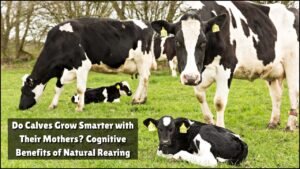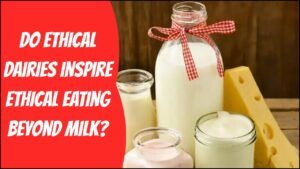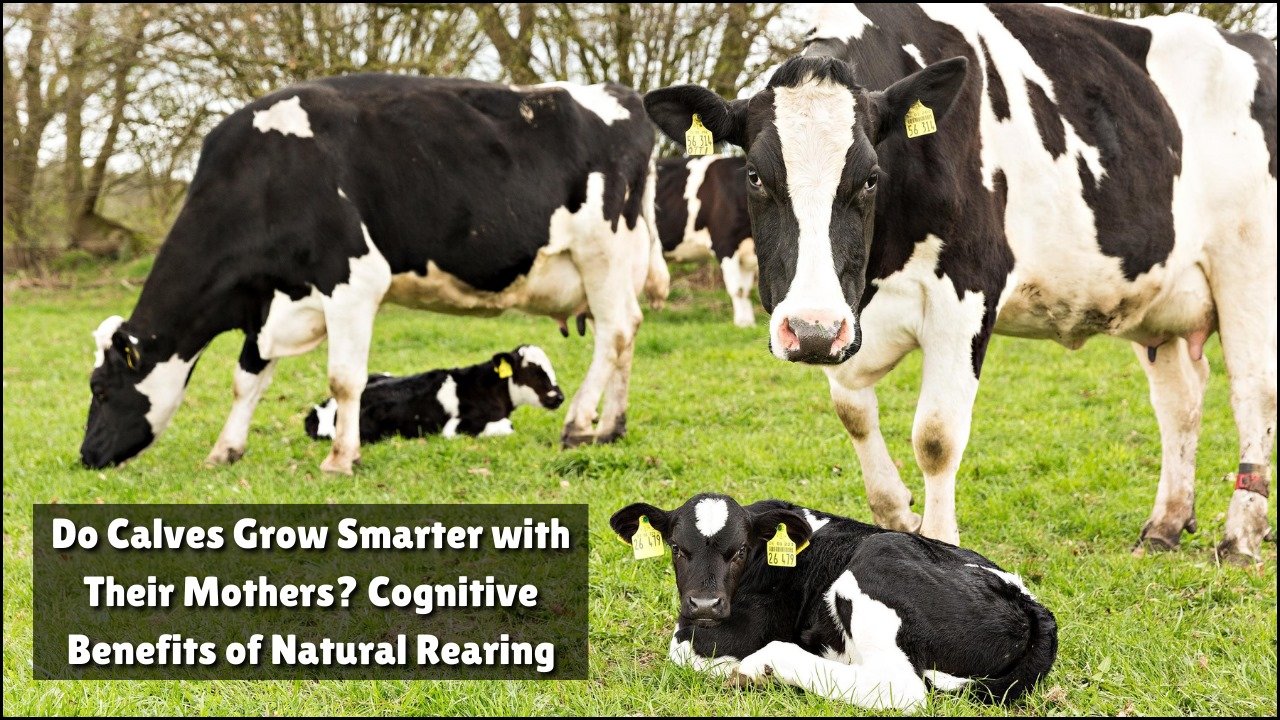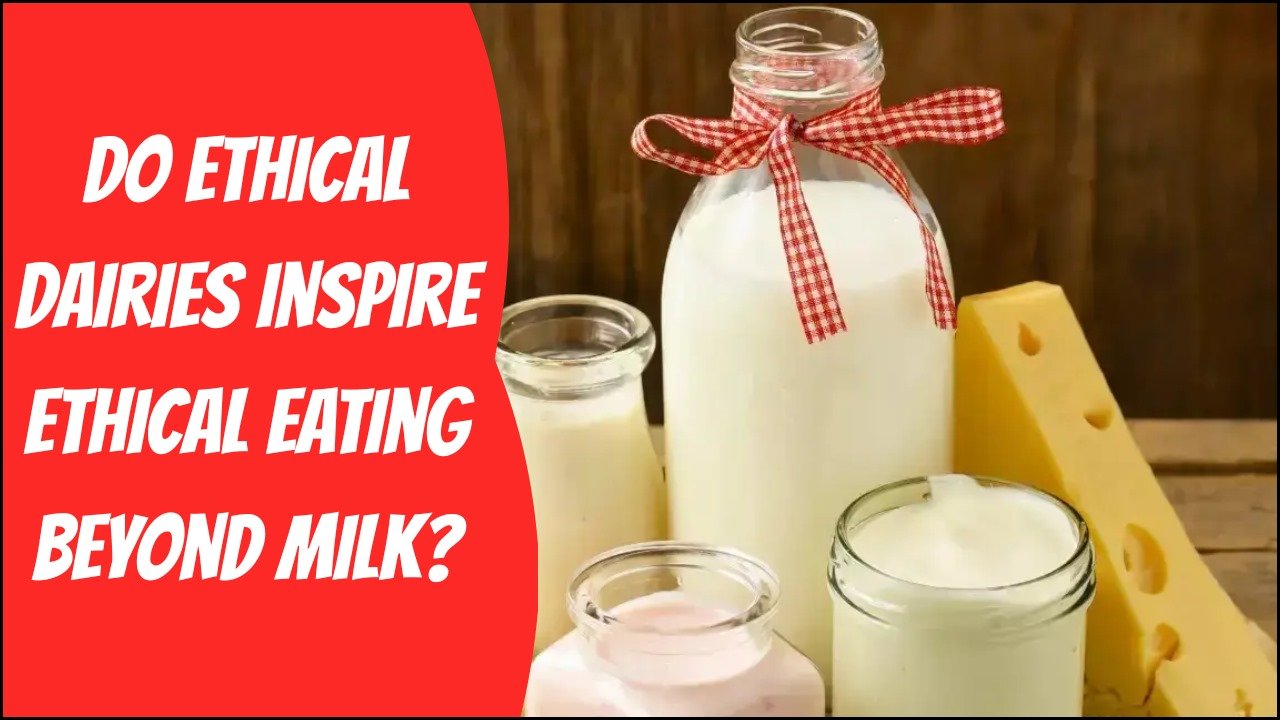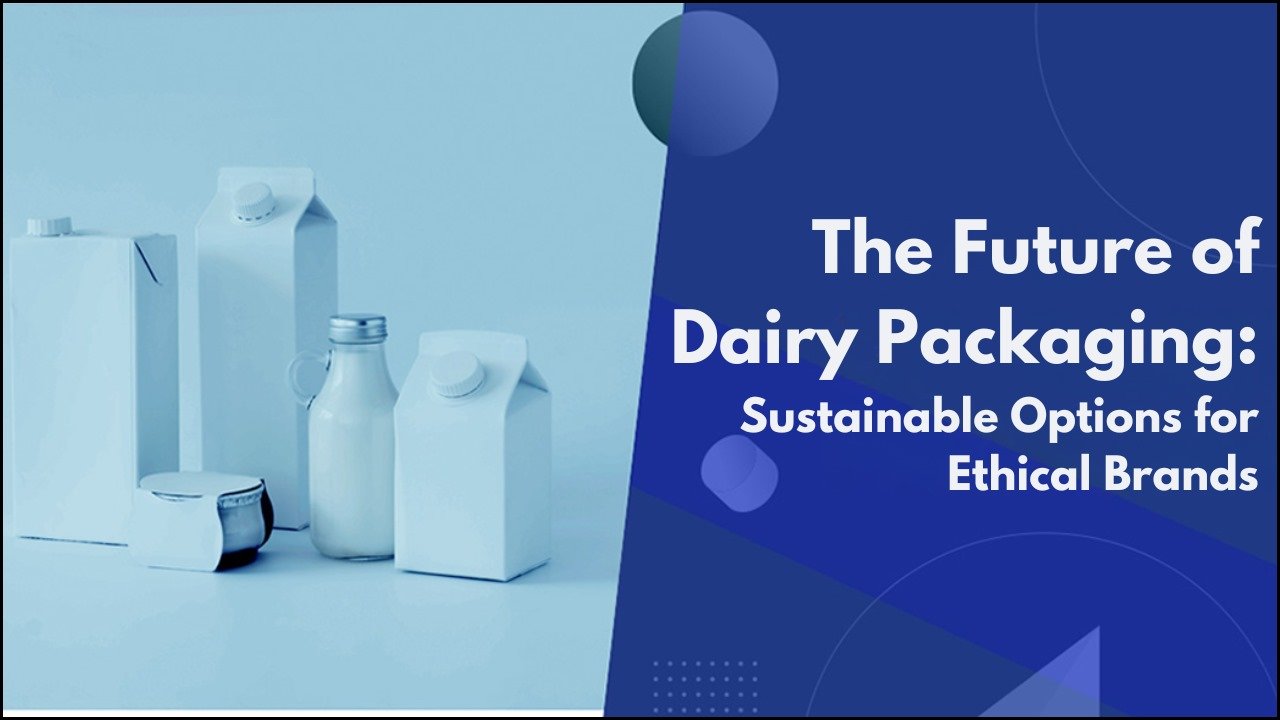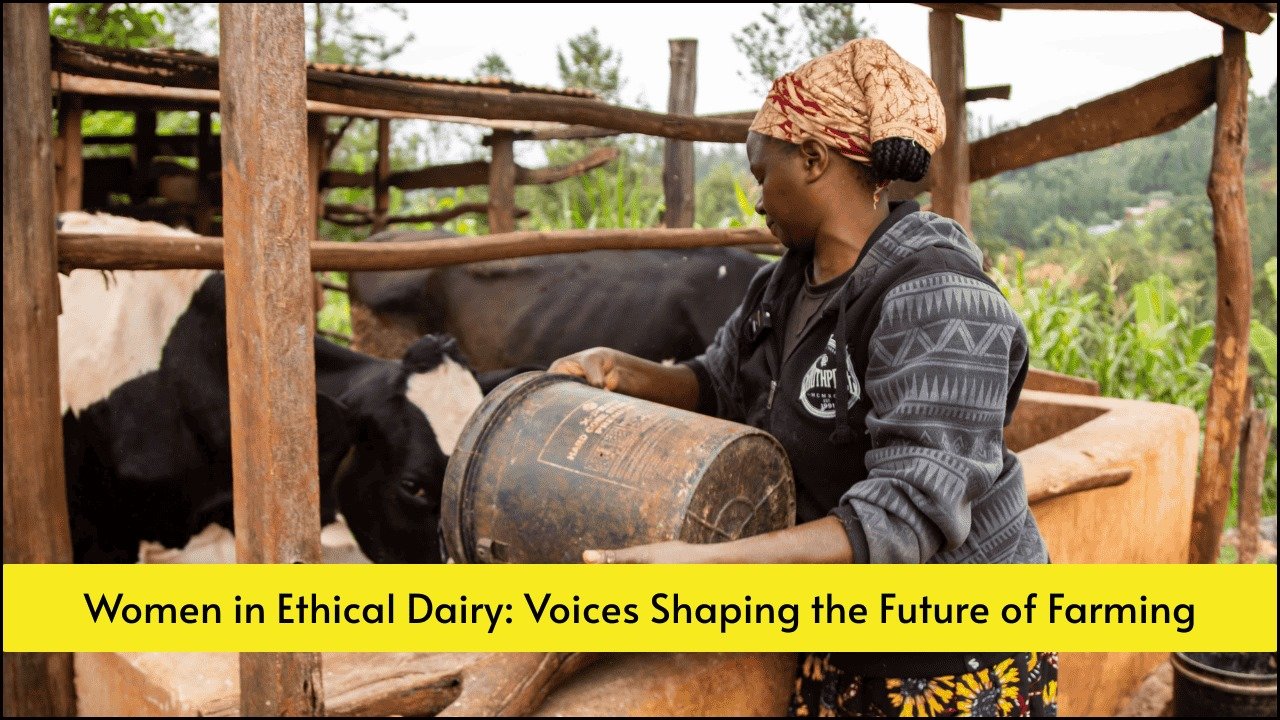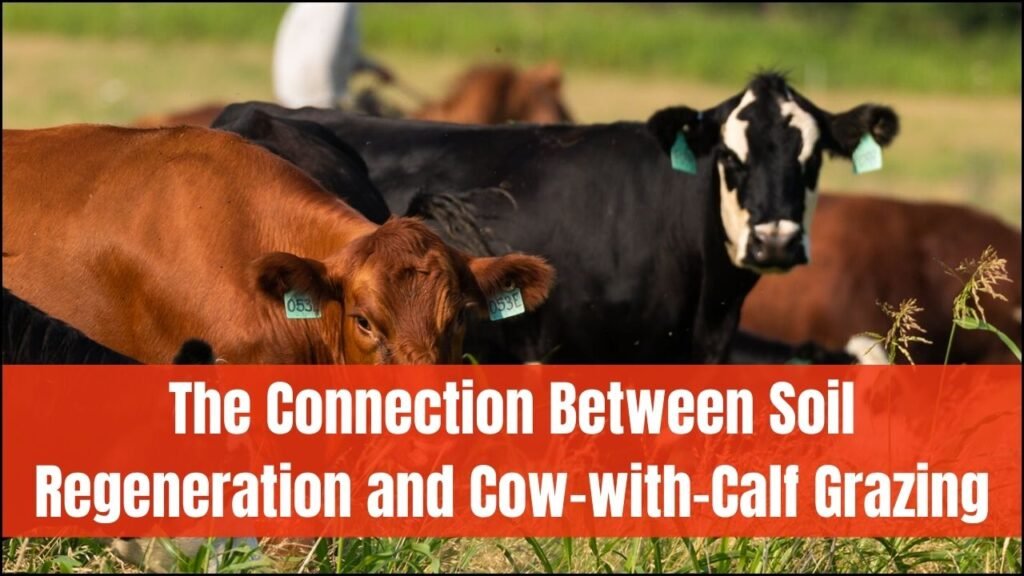
Soil health lies at the heart of sustainable farming. For dairies focused on animal welfare and environmental stewardship, cow-with-calf grazing systems offer a unique opportunity to regenerate soil while maintaining ethical production. Unlike conventional intensive dairying, these systems allow calves to stay with their mothers for longer, fostering natural behavior and reducing stress, while rotational grazing methods simultaneously improve soil structure and fertility.
As consumers demand greater transparency and sustainability in food production, cow-with-calf dairies are showing that farming practices can benefit livestock, ecosystems, and future generations alike.
Table of Contents
Overview
| Aspect | Impact of Cow-with-Calf Rotational Grazing |
|---|---|
| Soil Structure | Improved aeration and water retention |
| Carbon Sequestration | Grasses capture and store atmospheric carbon |
| Nutrient Cycling | Natural manure use reduces synthetic inputs |
| Biodiversity | Supports wider ecosystems and resilience |
| Animal Welfare | Calves stay with mothers, reducing stress |
| Market Potential | Appeals to consumers seeking ethical products |
Understanding Cow-with-Calf Grazing
Cow-with-calf systems differ from traditional dairy operations by prioritising the natural bond between cow and calf. Rather than separating calves shortly after birth, they remain alongside their mothers during early development.
When combined with rotational grazing, where herds are moved between pasture sections, this approach supports healthier animals and enhances soil management. By allowing pastures to rest and regenerate, farmers can create a closed-loop system where soil fertility and biodiversity thrive.
Benefits of Soil Regeneration through Rotational Grazing
1. Improved Soil Structure
Grazing cattle evenly distribute organic matter through dung and urine, while hoof action helps break down plant material. With rest periods between grazing, soil organisms recover, leading to better structure and water infiltration.
2. Enhanced Carbon Sequestration
Well-managed pastures act as carbon sinks. Deep-rooted grasses stimulated by rotational grazing pull carbon dioxide from the atmosphere and lock it into the soil, helping combat climate change.
3. Nutrient Cycling
Animal waste provides essential nutrients, reducing the need for synthetic fertilisers. This natural nutrient cycling supports healthier plant growth and a more resilient ecosystem.
4. Increased Biodiversity
Rotational grazing creates diverse habitats for insects, birds, and soil organisms. Biodiversity not only strengthens ecosystems but also protects against pests and diseases.
Why Ethical Dairies Are Leading the Way
Ethical dairies adopting cow-with-calf systems often embrace broader sustainability practices. These farms typically focus on:
- Animal welfare: Promoting natural behaviour and reducing stress.
- Soil health: Building long-term fertility through regenerative techniques.
- Community engagement: Educating consumers about the benefits of welfare-led dairying.
By linking soil regeneration with ethical practices, these dairies differentiate themselves in the marketplace and often attract premium retail opportunities.
Government Support
Farmers interested in implementing regenerative dairy systems can benefit from UK government resources. The Department for Environment, Food & Rural Affairs (DEFRA) provides guidance on sustainable farming, soil health, and grants available under the Environmental Land Management schemes.
FAQs
1. How does rotational grazing improve soil health?
A = It prevents overgrazing, allows pastures to recover, enhances soil structure, and supports better water retention.
2. Why keep calves with cows in dairying?
A = It promotes natural behaviour, reduces stress, and aligns with consumer expectations for higher welfare standards.
3. Can cow-with-calf grazing systems be profitable?
A = Yes. While they may require adjustments, these systems attract premium markets and often benefit from government sustainability schemes.

